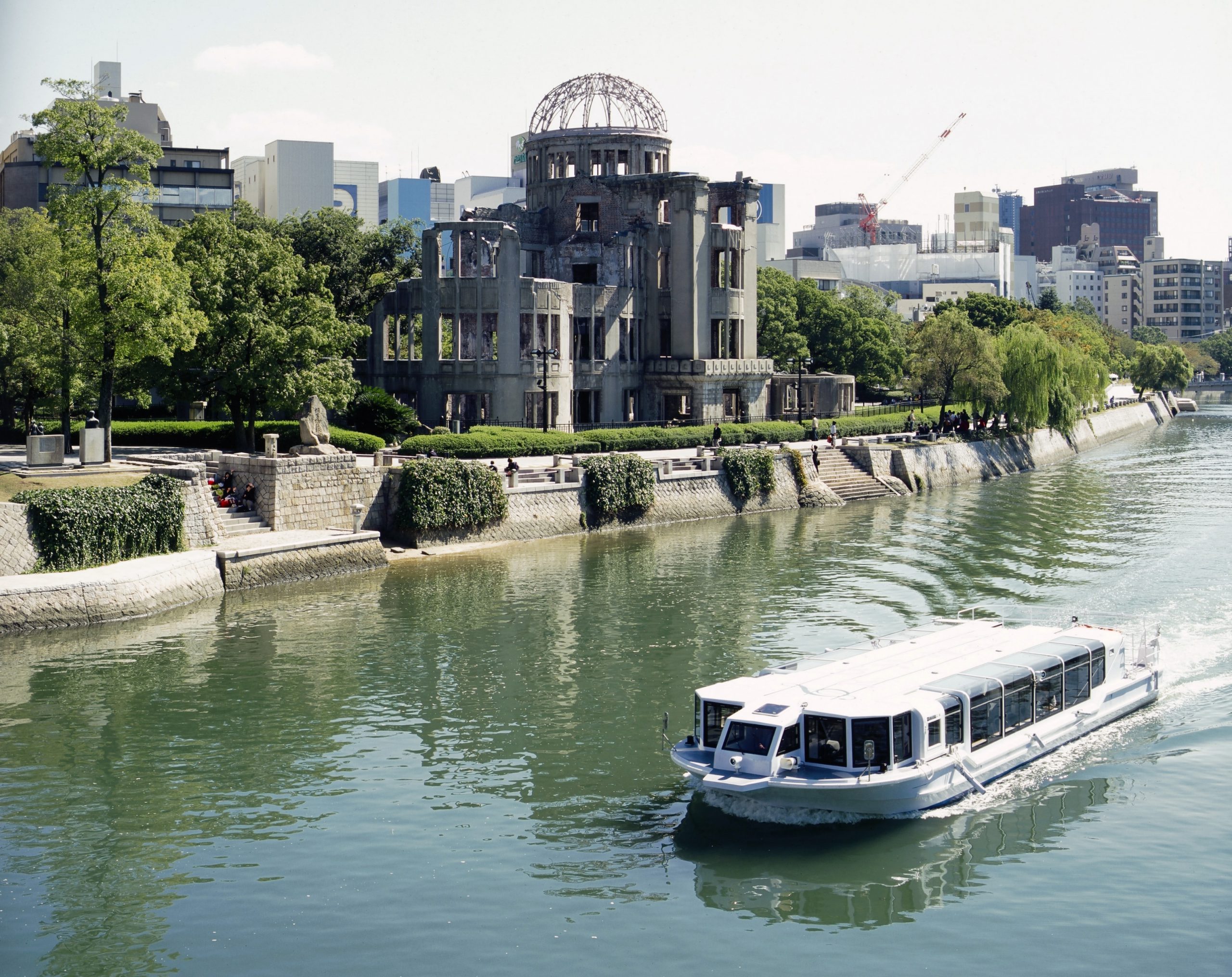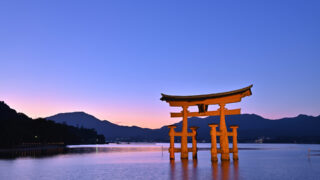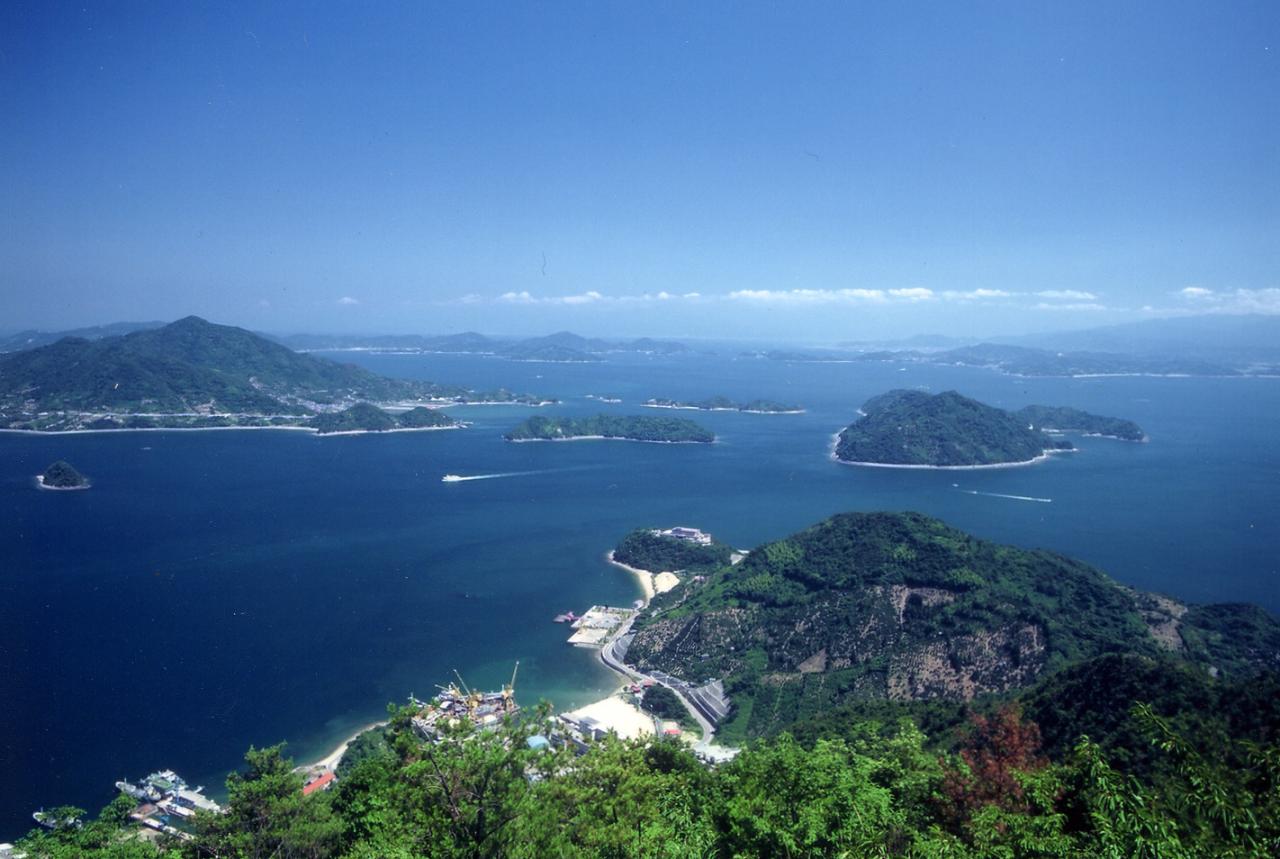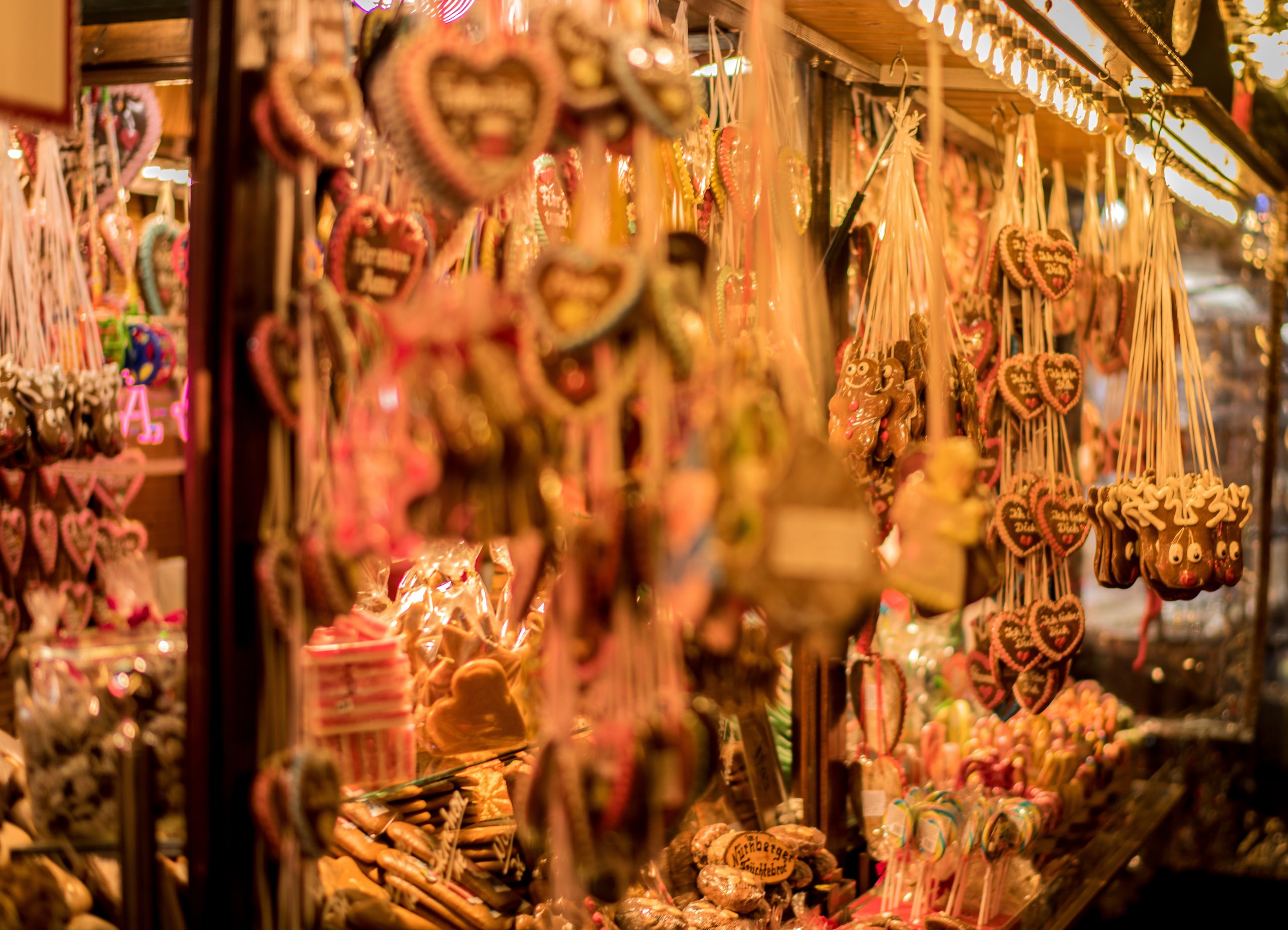Hiroshima city is the capital city of Hiroshima prefecture in the Chugoku region, one of the southwestern regions of Japan. It is hard to think about Hiroshima without associating with its horrific history of the first nuclear attack in WWII. However, Hiroshima also offers a rich natural beauty, long history, hidden gems, and a vibrant life style that includes delicious local foods. Today, it is the home to a million people. Listed below are some significant sites and activities to help you understand this beautiful city. Here are the best things to do in Hiroshima City!
Special Miyajima Opportunity in October:
Visit the atomic bomb site, Genbaku Dome
The world’s first atomic bomb was dropped in Hiroshima on August 6th, 1945. The bomb destroyed everything within a two-kilometer radius, at least 140,000 people died of its effects. The Atomic Bomb Done, Genbaku Dome in Japanese, a ruined building along the river bank which survived miraculously from the bombing even though it was almost directly beneath the explosion, reminds us the day of the tragedy in the past. Today, Hiroshima is dedicated to eliminating nuclear weapons from the world. The Atomic Bomb Done is designated a UNESCO World Heritage Site.
*Please note that it is undergoing preservation works from September 2020 until March 2021.
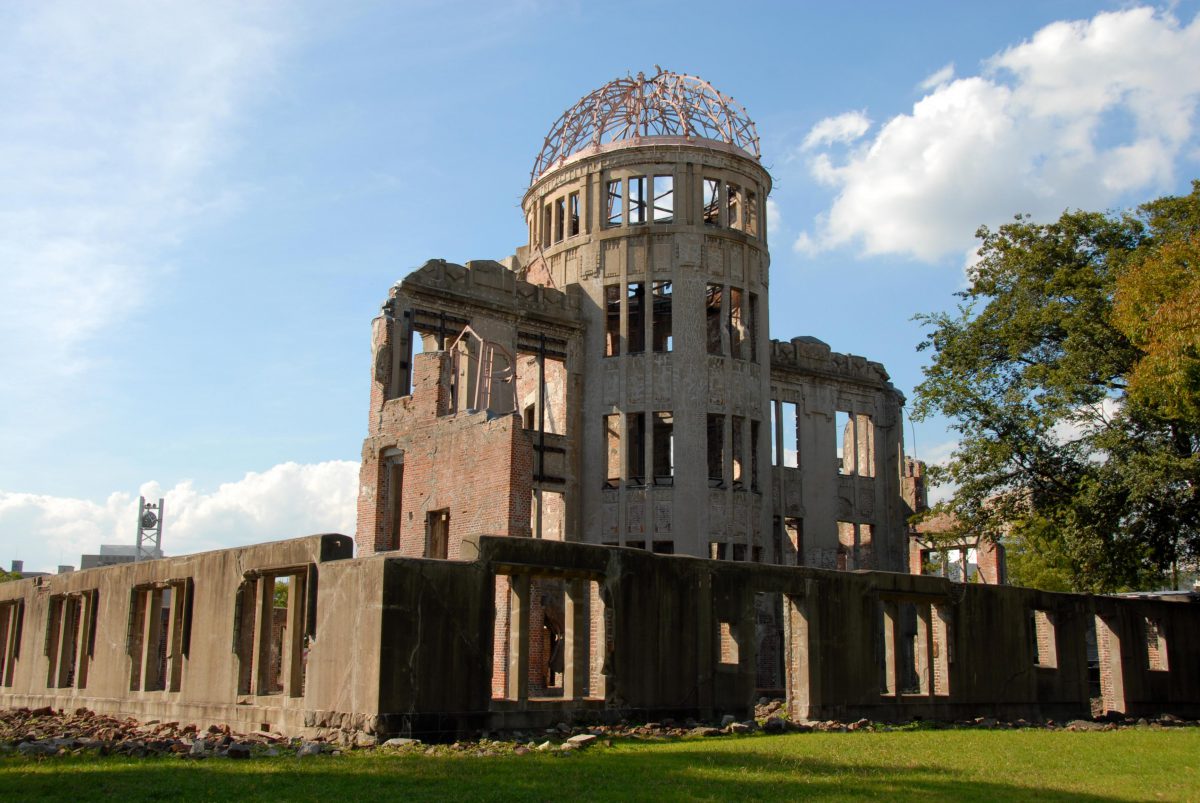
Access
In front of the bus stop, genbaku dome mae, 15 min bus from Hiroshima station (Loop bus)
Visit the Peace Memorial Park
This park was built right next to the dome in honor of the victims and as a prayer for world peace. There are several important monuments in the park. The Cenotaph for Atomic Bomb Victims was built in 1952 and they made the roof to protect the victim’s souls from the rain. Inside the central stone vault, there is a book listing all victims’ names ―As of 2019, there are 116 books in total with 319,186 people’s names and many unknown names.
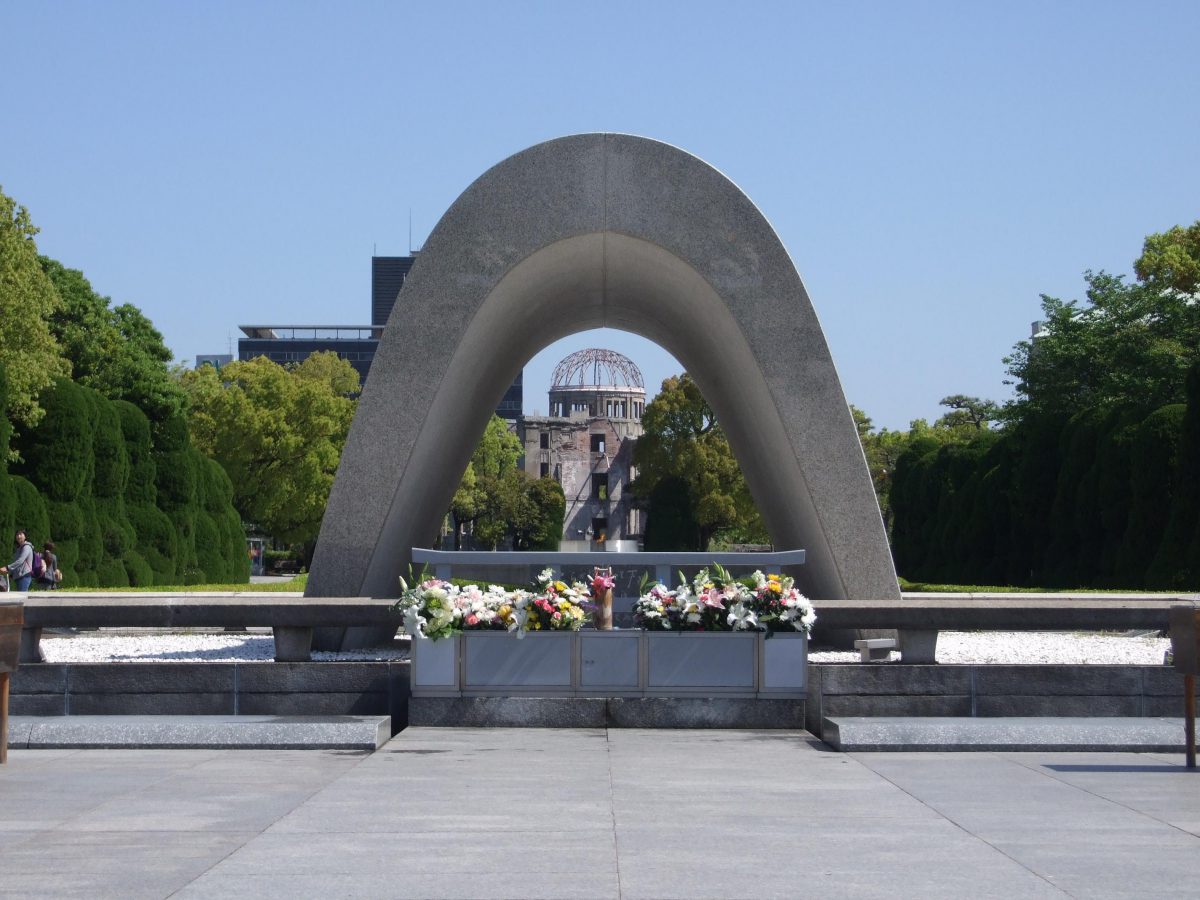
The Children’s Peace Monument stands for the innocent children who died from the bombing. One of the children dedicated here, Sadako Sasaki. She was a victim of the atomic bomb when she was 2 years old. She survived without any injury but after 10 years, she passed away suffering from leukemia due to the effect of radiation. It is said that she made over 1,000 crane origami with hoping that she could get better soon in bed. From this story, every year from all over the world, over 10 millions of crane origami are delivered to Hiroshima to pray for peace in the world.
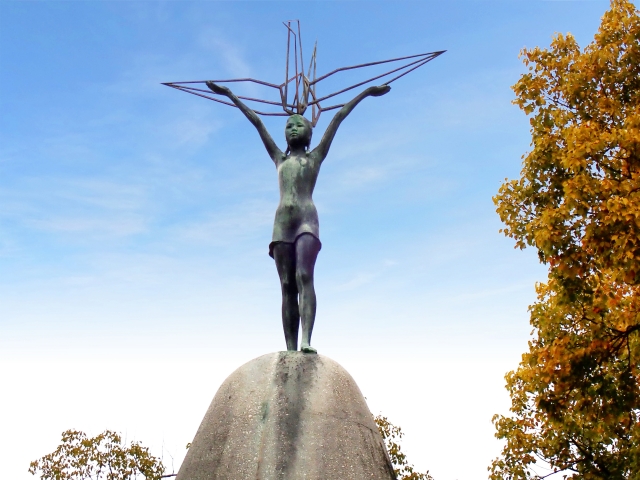
The giant blonde bell, the bell of peace Heiwa no kane, was installed as a symbol to abolish nuclear weapons. A borderless world map on the surface symbolizes a unified world without war. People are free to strike the bell and pray for world peace individually. In the park, the fire flame of peace also keeps burning until all nuclear weapons are dismissed worldwide. Every year on August 6th, a ceremony is held at the park.
Learn the history at Hiroshima Peace Memorial Museum
In the Hiroshima Peace Memorial Museum, you can learn about the catastrophic moments and the suffering after-effects through original photography, victim’s artworks, and remaining personal items. The museum also presents the history of Hiroshima and explains why Hiroshima was particularly targeted. Some displays are upsetting, but these tell you the necessity to face the horrible history of humanity. Hiroshima reminds us that peace should not be taken for granted and that this monstrous tragedy should never be repeated.
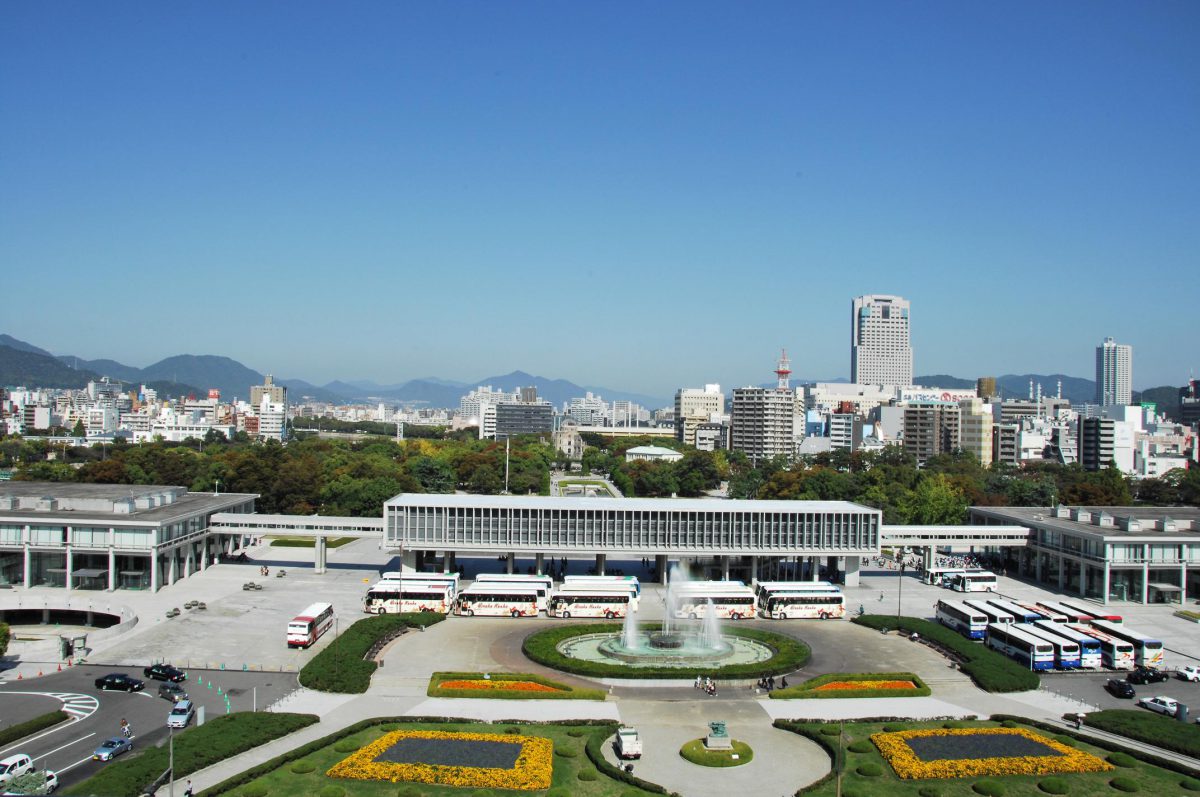
Open hours
8:30~5:00/6:00/7:00 pm, depends on the season.
Closed on New Year’s Holidays
Entrance fee: 200 yen
Access: front of the bus stop Peace Memorial Museum, 15 min bus from Hiroshima station (Loop bus)
Visit Shukkeien garden
This traditional Japanese garden was constructed in 1620 by a powerful regional lord at that time, Asano Nagaakira. The pathway throughout the entire garden winds around the central lake. The garden represents miniature landscapes; valleys, mountains, islands, and forests. The different seasonal flowers bloom all year round.
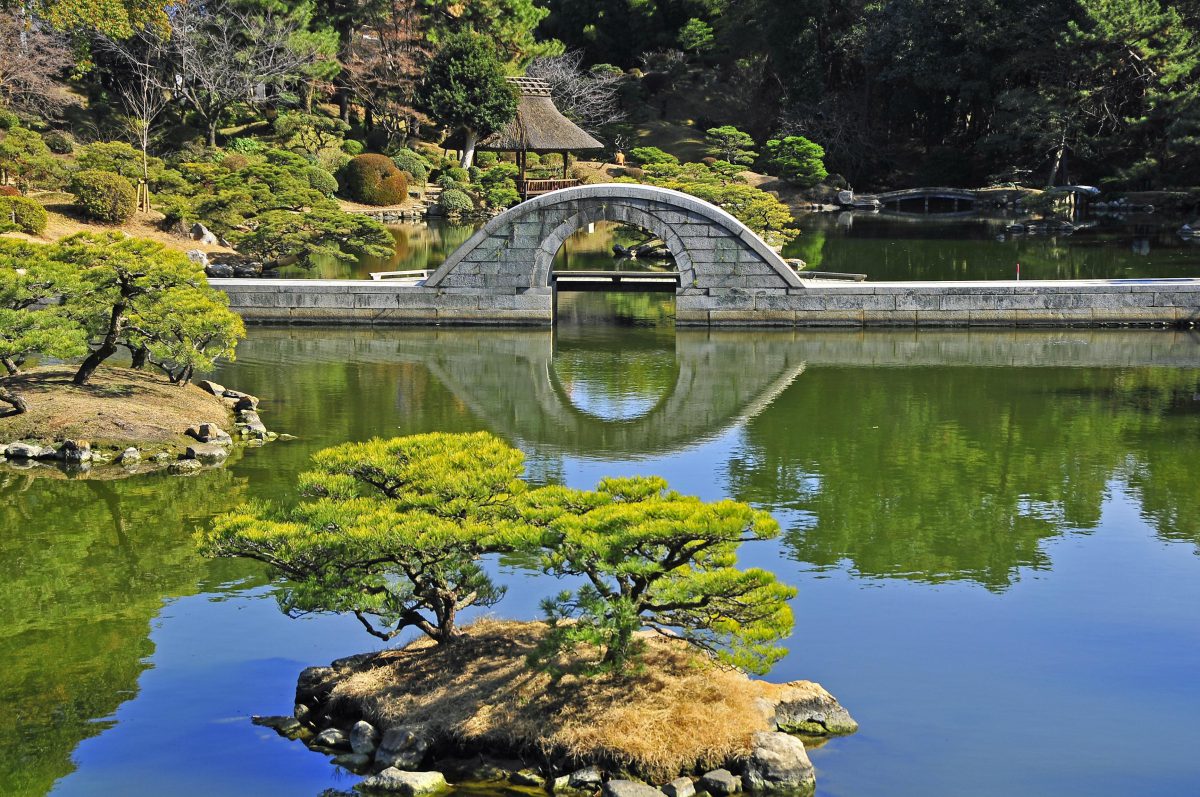
Open hours
9am-6pm (Apr. 1 – Sep. 30), 9am-5pm (Oct.1 – Mar. 31)
Closed New Year’s Holidays
Entrance fee: 260 yen for adult
Access: 15 min walk from the Hiroshima station, or bus stop Shukkeien Mae (loop bus).
Shop at Hiroshima Downtown, Hondori street
Hondori street, the busiest shopping street in Hiroshima downtown, is a pedestrian arcade with shops and restaurants, and entertainment facilities. The arcade, which stretches 577 meters from east to west, starts near the Peace Park. Okonomiyaki Village is located south of the eastern end of Hondori.
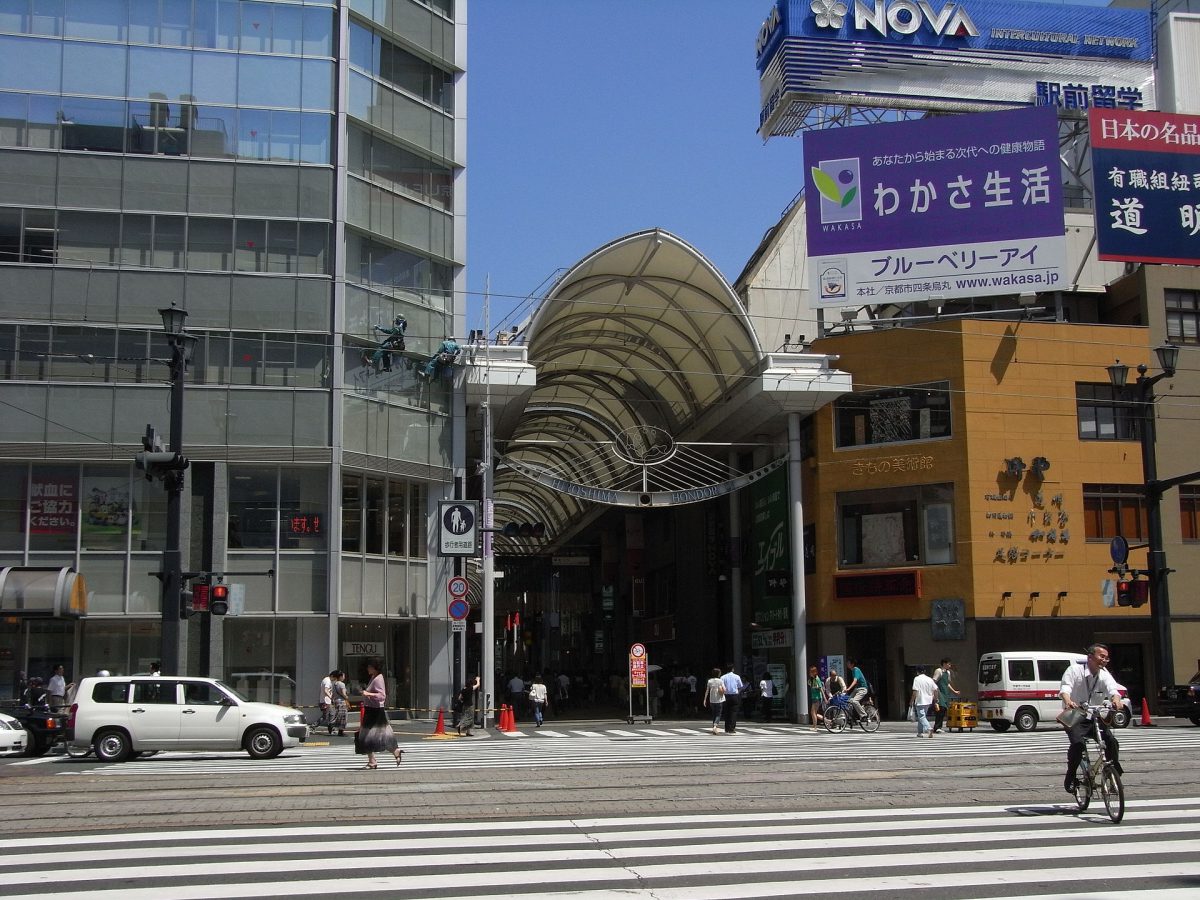
Access
A five-minute tram ride by tram lines 1, 2, or 6 or 20 min walk from Hiroshima station. Or a few minutes walk from the bus stop “Hacchodori” (loop bus)
Visit Hiroshima Castle
This castle was originally built between 1589 and 1599 by Mori Terutomo, who was a powerful warlord of the region. As the main ground site for the castle, Hiroshima grew to a prosperous industrial city. The castle you see today is a replica, as the atomic bomb destroyed it and it now serves as a museum for Hiroshima’s history. The castle was initially built in a very strategic position, which provides the visitor a great view of the city.
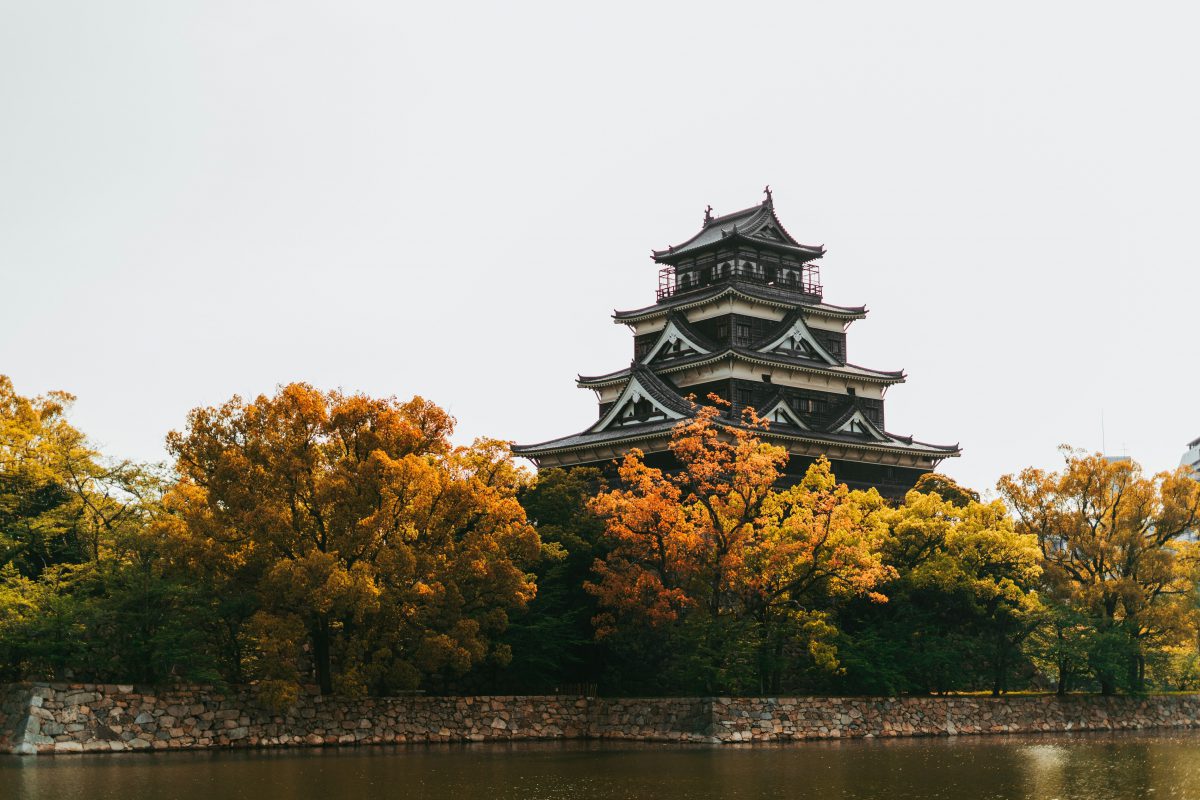
Open hours
9am – 6pm (Castle Tower) 9am – 4:30pm (Ninomaru)
Access: 10 min walk from Peace Park
Entrance fee: free except the tower. Castle Tower: Adults 370 yen
Try cycling around
Hiroshima’s sites are collected in a relatively small area. So, if you rent a bike, you can visit most of the must-see places in the city in a day. Peacecle is a pick-up and drop-off type bicycle rental service available at many stations throughout Hiroshima city. You can buy a 1-day pass (1,000-1,500 yen) at a Peacecle office or at a machine near the station. If you’d liked to explore more natural scenery, and exercise too, you can move further east to Kure city and try the Tobishima Kaido cycling course and ride around the small islands along the waterfront road.
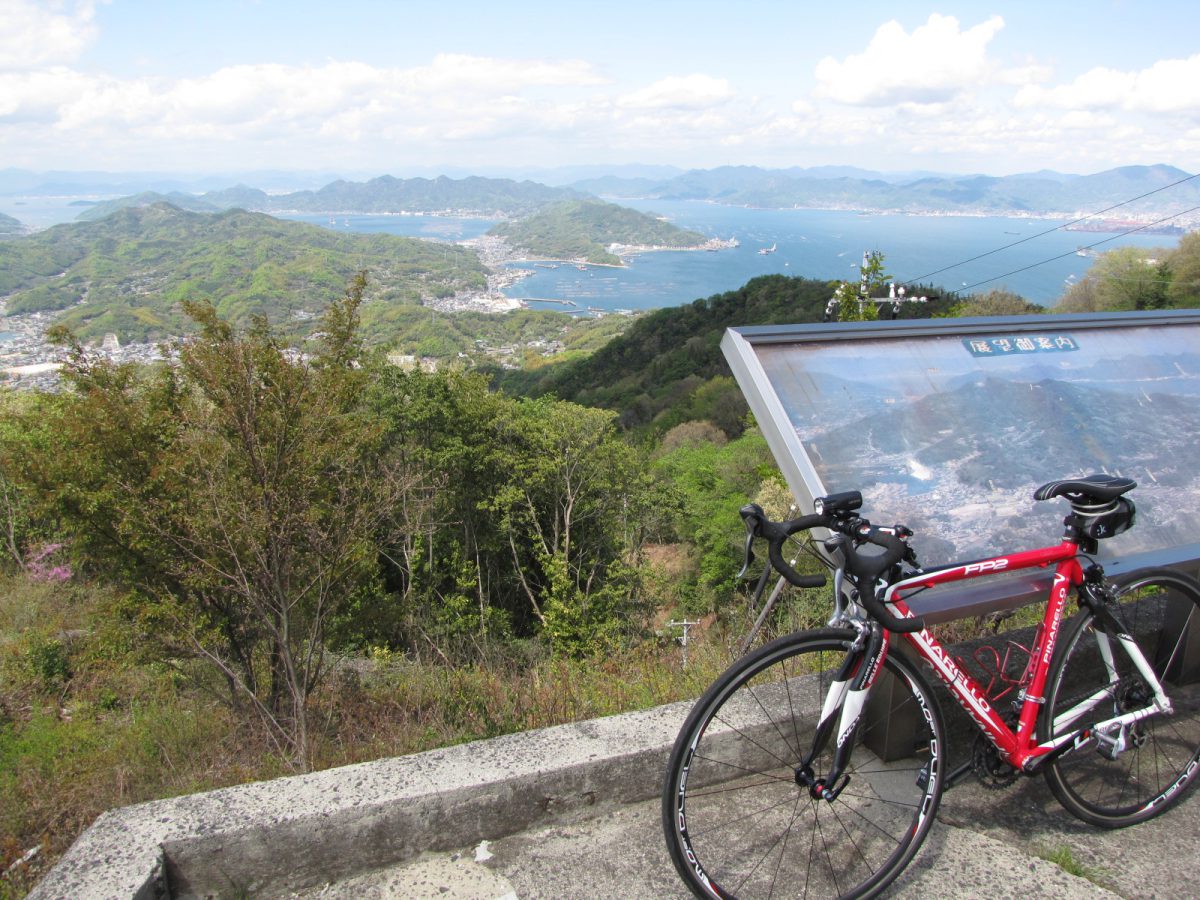
See the sunset from Orizuru Tower
Orizuru Tower, the 50-meter tall building opened in 2016 and is located on the east side of the Genbaku Dome. Orizuru owes its name to the paper folded crane in Japanese, a symbol for peace. The open observation deck on the top floor offers a fantastic view of the city, including the Atomic Dome from above, and even Miyajima on a clear day. Evening is a good time to come up here to see the surrounding city and enjoy a beautiful sunset. The columns and stairs are warmly lit up in the harmonious soft light of dusk. The interactive multimedia zone is also set on the 12th floor, a timelapse video shows pictures of post-war Hiroshima city and foresees the town a hundred years from now. Here, the visitor can make a paper crane and launch it along the Orizuru Wall’s outer glass panel. The ground floor has a lovely café and a cute souvenir shop.
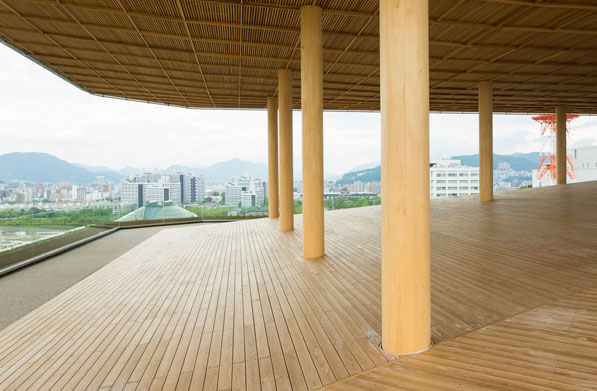
Open hours (Observation deck)
10:00-7:00/8:00 PM, closed Tuesday and New Year’s Eve
Entrance fee: 1,700 yen per adult
Eat Okonomiyaki at Okonomi-mura
Okonomiyaki is a savory pancake packed full of vegetables, seafood, and meat (the toppings are your choice). The Hiroshima style comes with a lot of yakisoba noodles on the bottom. To taste local soul food, there’s no better place than Okonomimura street, located in the Shintenchi district of Naka Ward, and near the main shopping street, Hondori. The area is packed with over twenty different okonomiyaki shops. These specialty shops are usually small and have a friendly atmosphere. It’s fun to watch the chef cook your order on the griddle right in front of you. (Or you can make it by yourselves depending on the restaurant!)
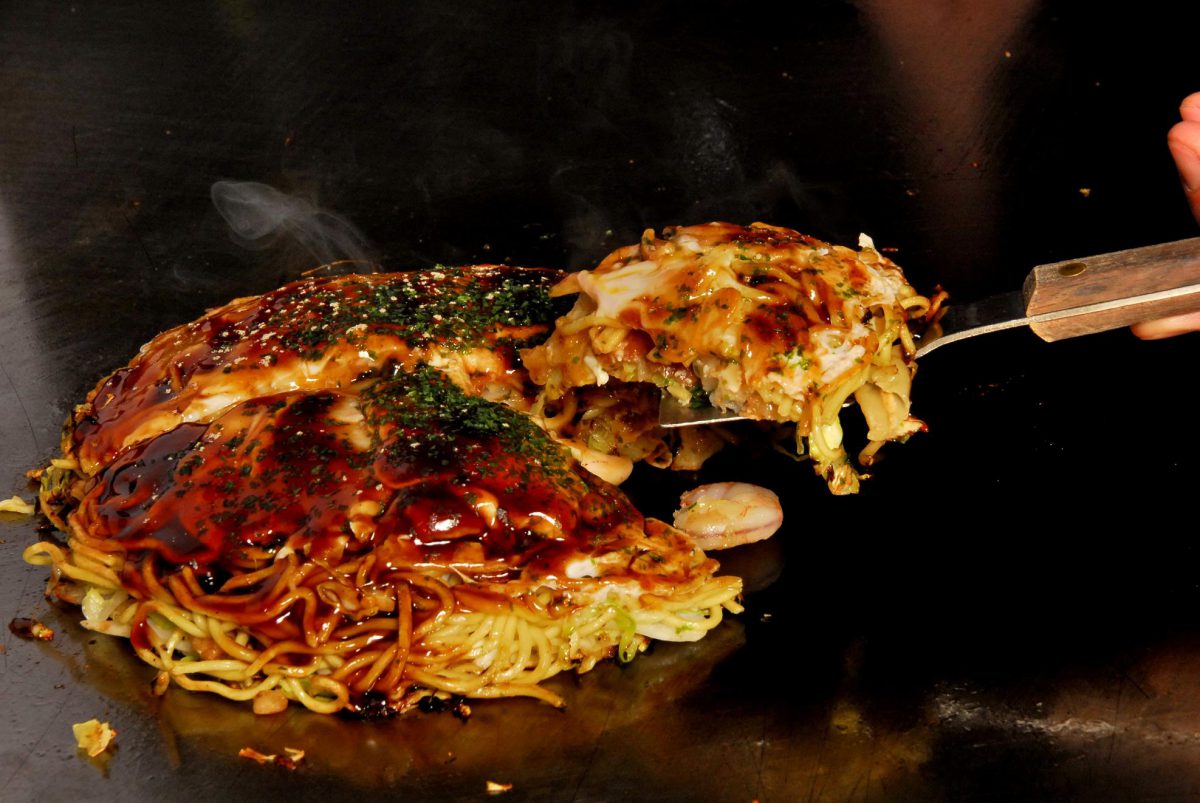
A day trip to Miyajima
Miyajima, a small island less than an hour outside Hiroshima city, is a UNESCO World Heritage Site and one of Japan’s most visited tourist spots. The Itsukushima Shrine is a sacred Shinto shrine built on the water and best known for its floating torii gate. There are many spots to see, but as the shrine is near the city center, you can easily complete your visit to this impressive site in one day and, if you like, play with deer that hang out nearby.
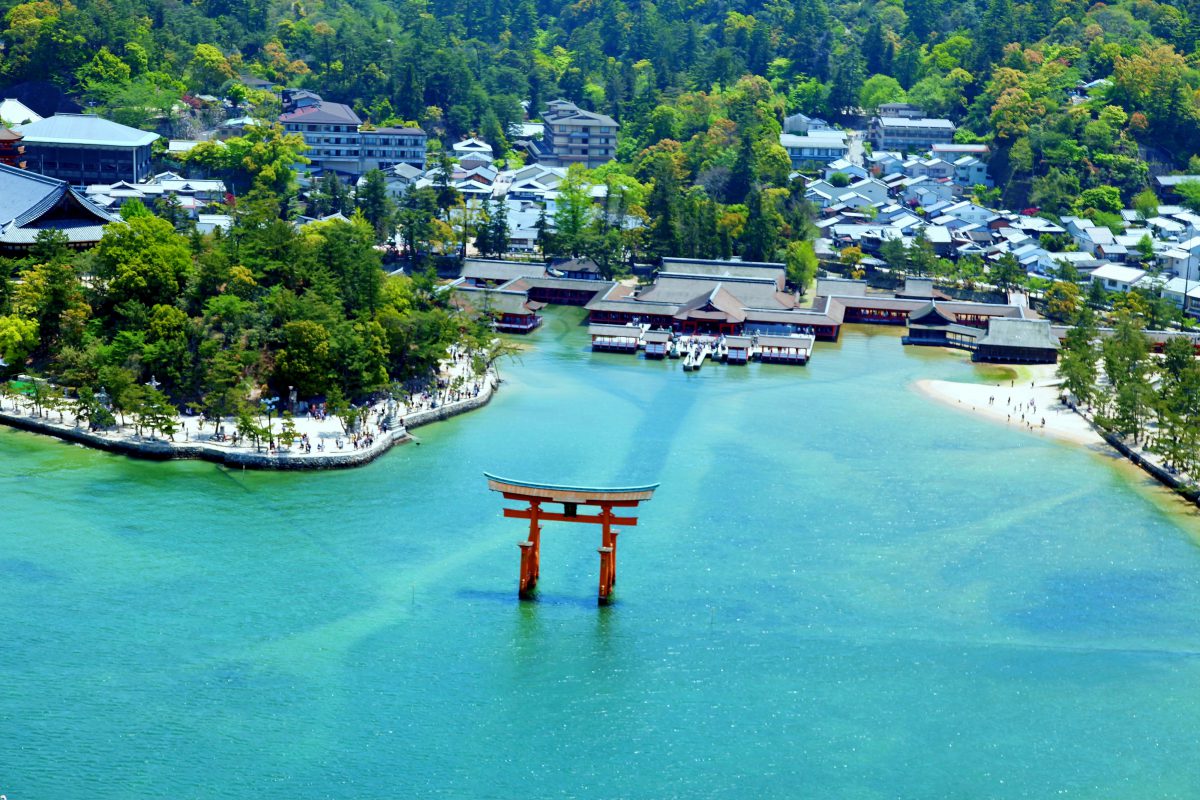
Access
25 min ride on JR Sanyo Line to Miyajimaguchi Station, or take tram line number 2 to Miyajimaguchi. From Miyajimaguchi station, walk to the pier and take 10 min boat ride.
Take advantage of Hiroshima sightseeing Loop Bus
The Hiroshima Meipu ru-pu loop sightseeing bus runs from Hiroshima Station to the major tourist spots of Hiroshima City. This bus is free of charge if you hold JR Rail Pass. It is the most convenient way to travel around the city.
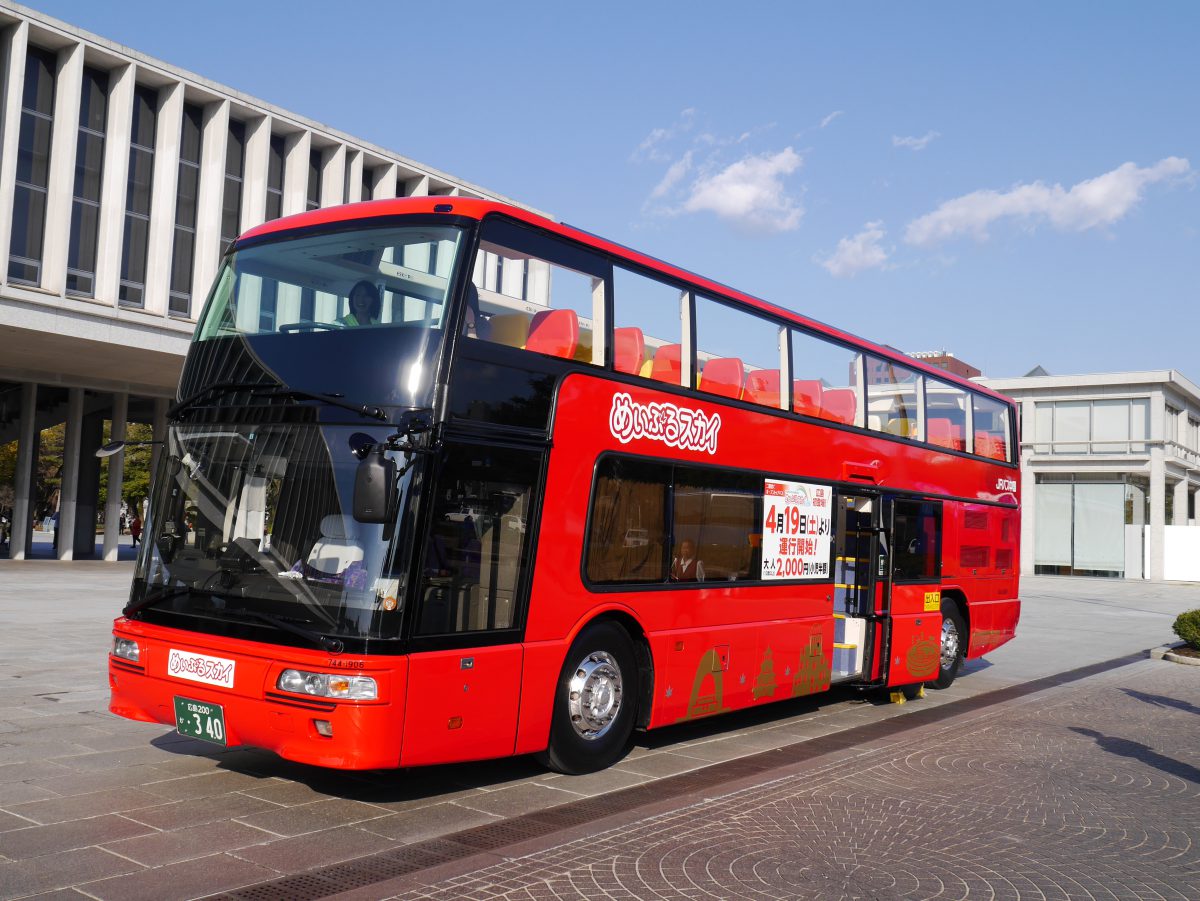
Fee
330 yen for one ride (Free for JR Rail Pass holder)
Where to stay in Hiroshima
Sheraton Grand Hiroshima Hotel ― Only a minute walk from JR Hiroshima Station, from the western style cuisine to Japanese cuisine, you can choose the gorgeous menu from these restaurants.
KIRO Hiroshima by THE SHARE HOTELS ― Stylish hotel with simple furnished rooms, you can enjoy at the cafe for good coffee and breakfast in the morning, and relax at the bar in the evening!
Rihga Royal Hotel Hiroshima ― Easy access to the Atomic Bomb Dome and Hiroshima Castle, this hotel offers you a luxurious stay with a gorgeous view of the city.
Special Miyajima Opportunity in October:
If you happen to be in the area in October, then you’re in great luck! A very special opportunity to experience Miyajima and the history of the Hiroshima G7 Summit is being held then, and you won’t want to miss it. You’ll have the chance to spend the day on the island visiting the famous Itsukushima Shrine and its floating torii gate, enjoy some exquisite traditional food sourced freshly from the area, and learn about history and culture from unique museum experiences. The highlight will undoubtedly be exclusive access to Itsukushima Shrine after it’s closed to watch a traditional performance and see worshippers pray. Learn all about it by clicking below!
Travel cheap with Go To Travel Campaign!
If you live in Japan, you can travel cheap with Go To Travel Campaign.
This campaign allows you to travel everywhere at a half price, and we can arrange the tour for you. Contact us if you want to travel cheap with us!

Hiroshima tours
Hiroshima Private Tour (7 hours)
Let’s explore around Hiroshima with visiting two World Heritage Sites, the Atomic Bomb Dome and Miyajima with a knowledgeable guide!
After the war, Hiroshima’s citizens defied expectations and managed to rebuild their city into what it is today; a vibrant, dynamic, and compelling place to visit. You will appreciate how the city recovered beautifully. Indeed, there is a lot to do in Hiroshima city. Enjoy your stay in Hiroshima!
Follow us on Instagram or Facebook for more travel inspiration. Or tag us to get featured!
Happy travelling!
Stay informed of the best travel tips to Japan, the most exciting things to do and see, and the top experiences to have with the Japan Wonder Travel Newsletter. Every week we will introduce you to our latest content.
Other articles you might like

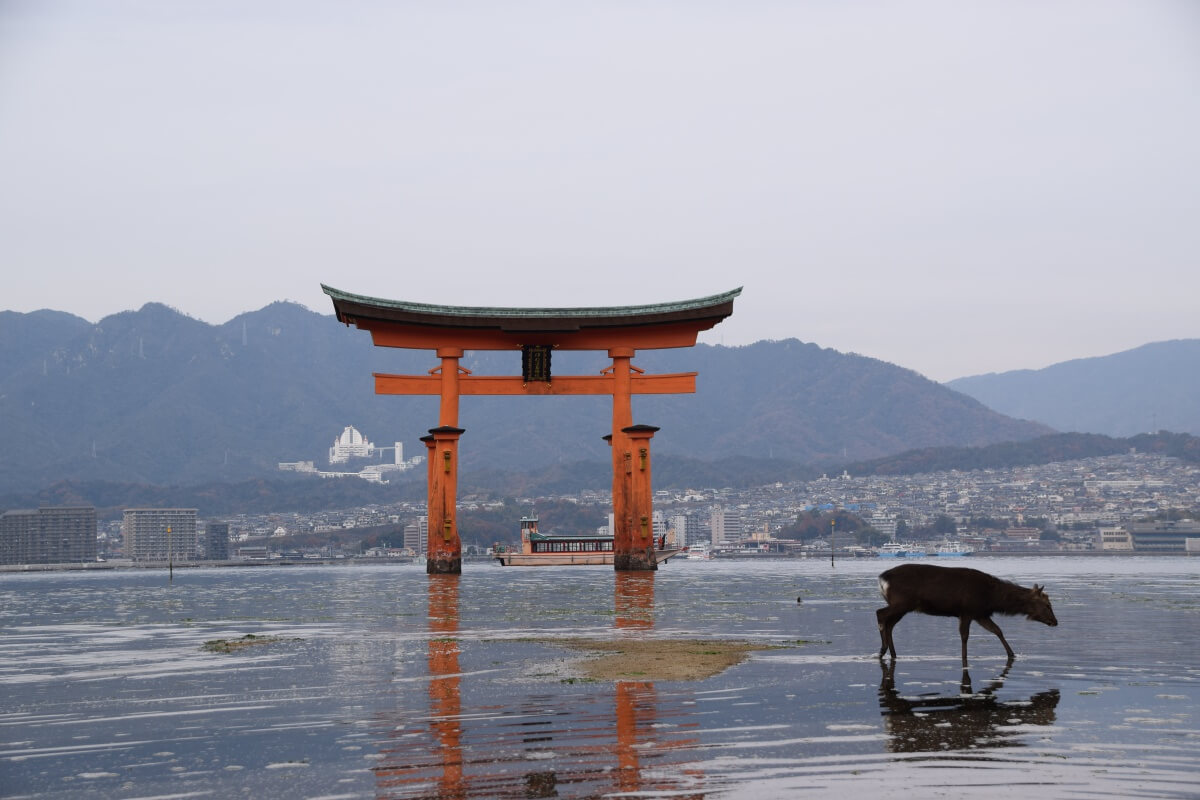



This post contains some affiliate links. When you click through and make a purchase we may receive some commission, at no extra costs to you.
